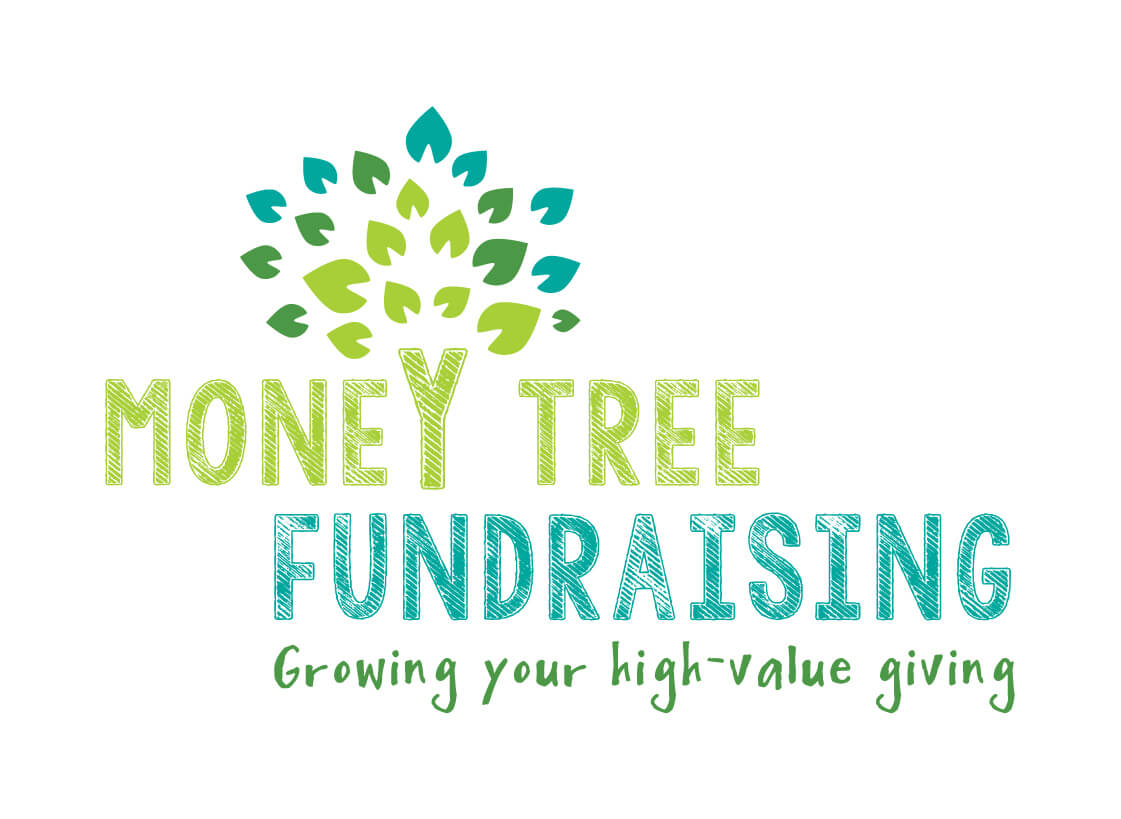I often come across the automatic assumption that a Development Board is the answer to great major gift fundraising. An awesome Board can propel an appeal forward and reach opportunities simply out of reach otherwise. A poorly constituted Board (be that the people, the terms of reference, the assumptions, the staff or anything else) will be more of a hindrance than a help. Any Board is hard to manage and they are always tricky to inherit!
Also, a Board is not always the right answer! When you are considering a Development Board as part of your major gift strategy, here are three key areas you need to consider:
- Capacity
- Leadership
- Membership
Capacity
A Board will definitely not be successful if left to its own devices. It needs to be both driven and fed by the organisation. This process takes time and money. When deciding to set up a Board, or put the effort in to fix a dysfunctional one or even continue with a functioning Board it is vital that you understand the capacity you (your organisation) has to delight each and every member of that Board. If you do not have the capacity then you should either get the capacity or not do it. Even a tiny charity can develop amazing relationships with people capable of transforming the organisation’s fortune. It does not need a Development Manager and a big budget. But it does need to be pitched at the right scale for your capacity to delight.
Every person who joins the Board needs to be asked how they want to be involved. You then have to do as they say.
You will also need to spend time with each person one-to-one – at their convenience. This is the only way you’ll get to know each person and build the bond that will bind you all together in the common goal of the Board.
You can draw in the other resources of your organisation to help you too – meeting with the person who heads up your programmes might be the key for one member of your Board.
Leadership
I was blessed with the first Chair I ever worked with. Of course at the time I had nobody with whom to compare him and so I went very naively into my next relationship with a Chair. With hindsight, these are the qualities that made him an excellent Chair: he built a respectful working relationship with fundraising staff, he had humility enough to know that he did not know fundraising (nor construction, nor charity governance etc.), he understood the boundaries and focus of the role and actively focused other Board members back on this specific role. He opened doors that were easy for him to open and he worked through his won networks to open doors that were a step away from him. He turned up to events, he spoke in line with our briefings (he DIDN’T ask for money that first event despite wanting to!). He gave a stretch gift; he personally asked the rest of the Board for their contributions.
N.B. A stretch gift is not necessarily the same as a lead gift – it is a gift that is a significant one for the donor. A large gift easily given does not demonstrate the same commitment to the cause.
Membership
There’s an old Development Board adage of give/get/get off. I cannot agree with this more! Whilst flexibility is important to all relationships, it is the HOW that should be flexed here, not the WHAT. Hold your ground and be strict here.
All Boards need to have clear terms of reference. This document needs to spell out the need for members to give personally. It should also offer a fixed term commitment. You shouldn’t be afraid to ask someone to step down if they are not delivering – involve your Chair and use your fixed term commitment to make this easier.
Finally, do not necessarily have a Board. Are you sure that this formal structure with all of its obligations and pitfalls is the best way to deliver what you need to deliver for your organisation? Don’t be afraid to say no and deliver success in a different way.
Give your major donor programme a health check now
